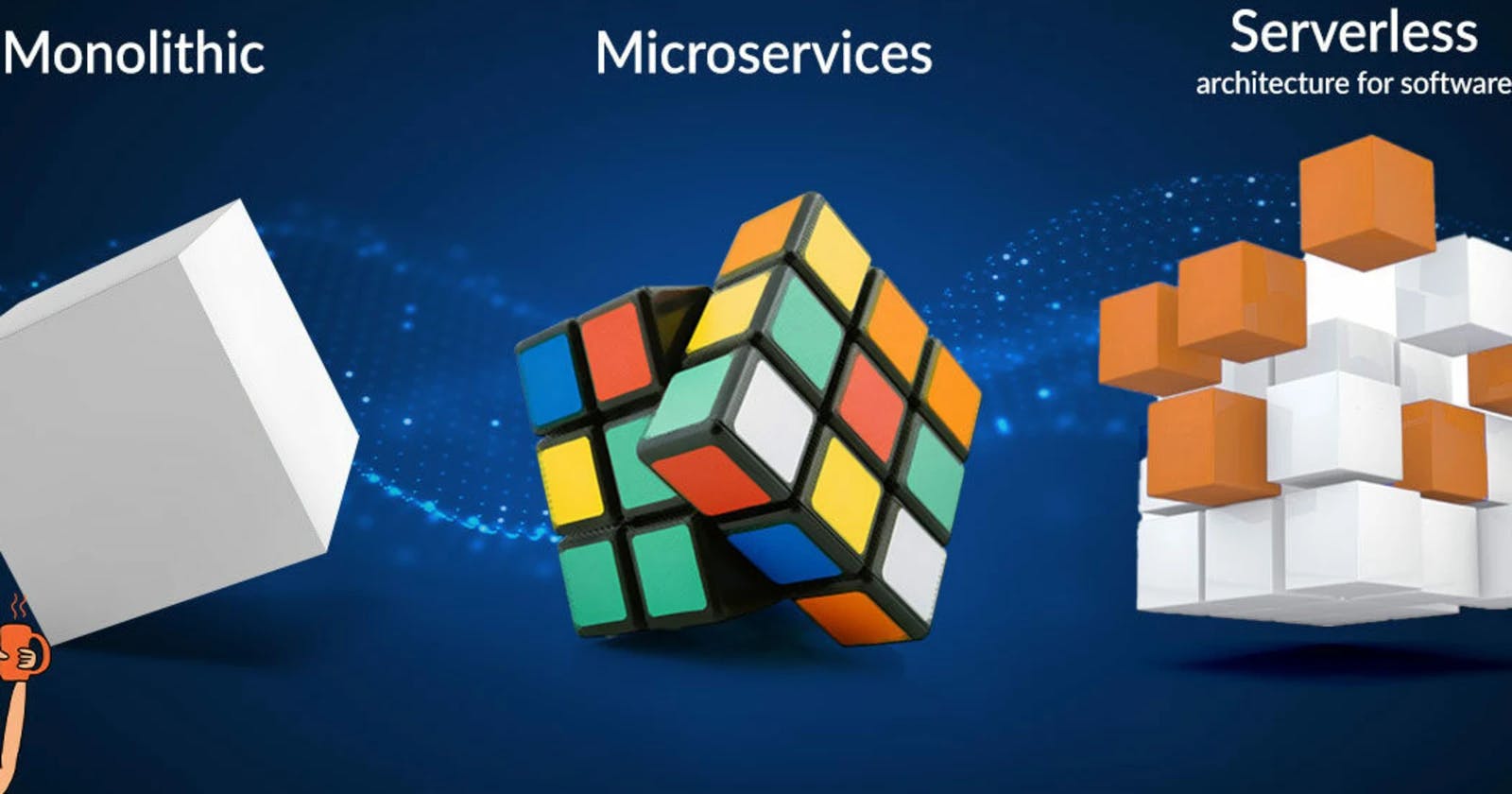What is "monolithic architecture"?
Monolithic architecture refers to a traditional software architecture in which an entire application is built as a single, indivisible unit. In this architecture, all the application components are interconnected and deployed as a single entity, typically running on a single server or cluster of servers.
This type of architecture is often contrasted with microservices architecture, where an application is broken down into smaller, independently deployable services that communicate with each other through APIs.
Monolithic architecture has some advantages, such as being simpler to develop and test, and offering better performance because all the components are running on the same server. However, it can also be inflexible, difficult to scale, and prone to failure if any part of the system fails.
In recent years, there has been a trend toward moving away from monolithic architectures and towards microservices, which allow for greater flexibility, scalability, and resilience in large, complex applications.
What is "microservices architecture"?
Microservices architecture is a software architecture style that involves breaking down a large application into small, independently deployable services, each with its well-defined function and API. Each service runs as a separate process and communicates with other services through lightweight mechanisms like HTTP/REST, message queues, or event-driven APIs.
Why microservices architecture?
Microservices architecture was developed as a response to the limitations of monolithic architecture, which could become difficult to maintain, scale, and evolve as an application grew in size and complexity. Some of the specific reasons why microservices architecture was developed include:
Business Agility: Businesses needed a more agile way of developing and deploying software that allowed them to respond quickly to changing customer needs and market conditions.
Scalability: As applications became more complex, they required more resources to run, and monolithic architectures made it difficult to scale individual components of an application separately.
Fault Isolation: Monolithic architectures had a single point of failure, meaning that if one component failed, the entire system could go down. Microservices architecture allows for better fault isolation, as individual services can fail without impacting the entire application.
Technical Diversity: As organizations began to adopt a wider range of technologies, such as cloud computing and containers, monolithic architectures became less compatible with these new technologies. Microservices architecture provides a more flexible approach to integrating new technologies into an application.
Development Team Autonomy: With microservices architecture, individual development teams can work autonomously on different services, allowing for greater agility and faster time-to-market.
Overall, microservices architecture was developed to address the limitations of monolithic architecture and to provide a more flexible, scalable, and resilient approach to building large, complex applications.
Statistics:
Adoption Rate: According to a survey by O'Reilly, over 60% of companies are currently using or exploring microservices architecture.
Developer Productivity: A study by DZone found that developers who used microservices architecture reported higher productivity and were more likely to release code changes multiple times per day.
Improved Customer Experience: A report by Dimensional Research found that companies that adopted microservices architecture reported improved customer experiences, with 80% of respondents reported faster time-to-market for new features and services.
Reduced Downtime: A survey by NGINX found that companies that implemented microservices architecture experienced an average 60% reduction in downtime.
Container Adoption: According to a report by Red Hat, microservices architecture is driving the adoption of container technology, with 69% of organizations using containers as part of their microservices architecture.
Open Source Tools: A survey by Lightbend found that over 90% of companies using microservices architecture were using open-source tools to support their implementation.
Cloud Adoption: According to a report by Gartner, by 2023, more than 75% of global organizations will be running containerized applications in production, up from less than 30% in 2020, with microservices architecture driving this adoption.
These statistics demonstrate the growing popularity and benefits of microservices architecture, including improved productivity, customer experience, and reduced downtime, as well as the impact it's having on containerization and cloud adoption.
Summary:
Monolithic architecture refers to a traditional software development approach where an application is built as a single, indivisible unit. In this approach, all components of the application, such as the user interface, business logic, and data access layers, are tightly coupled and deployed as a single unit. This can make it difficult to scale and maintain the application, as any change or update to the application requires the entire system to be redeployed.
Microservices architecture, on the other hand, is a newer approach to software development where an application is built as a collection of smaller, independent services that communicate with each other through APIs. Each service is responsible for a specific business capability and can be developed, deployed, and scaled independently of the other services. This makes it easier to maintain and update the application, as changes to one service do not require redeployment of the entire system. However, it also requires more complex infrastructure and careful management of communication between services.
Overall, while monolithic architecture can be simpler to develop and deploy, it can become unwieldy and difficult to scale as an application grows. Microservices architecture, while more complex to set up, allows for greater flexibility and scalability in the long run.
